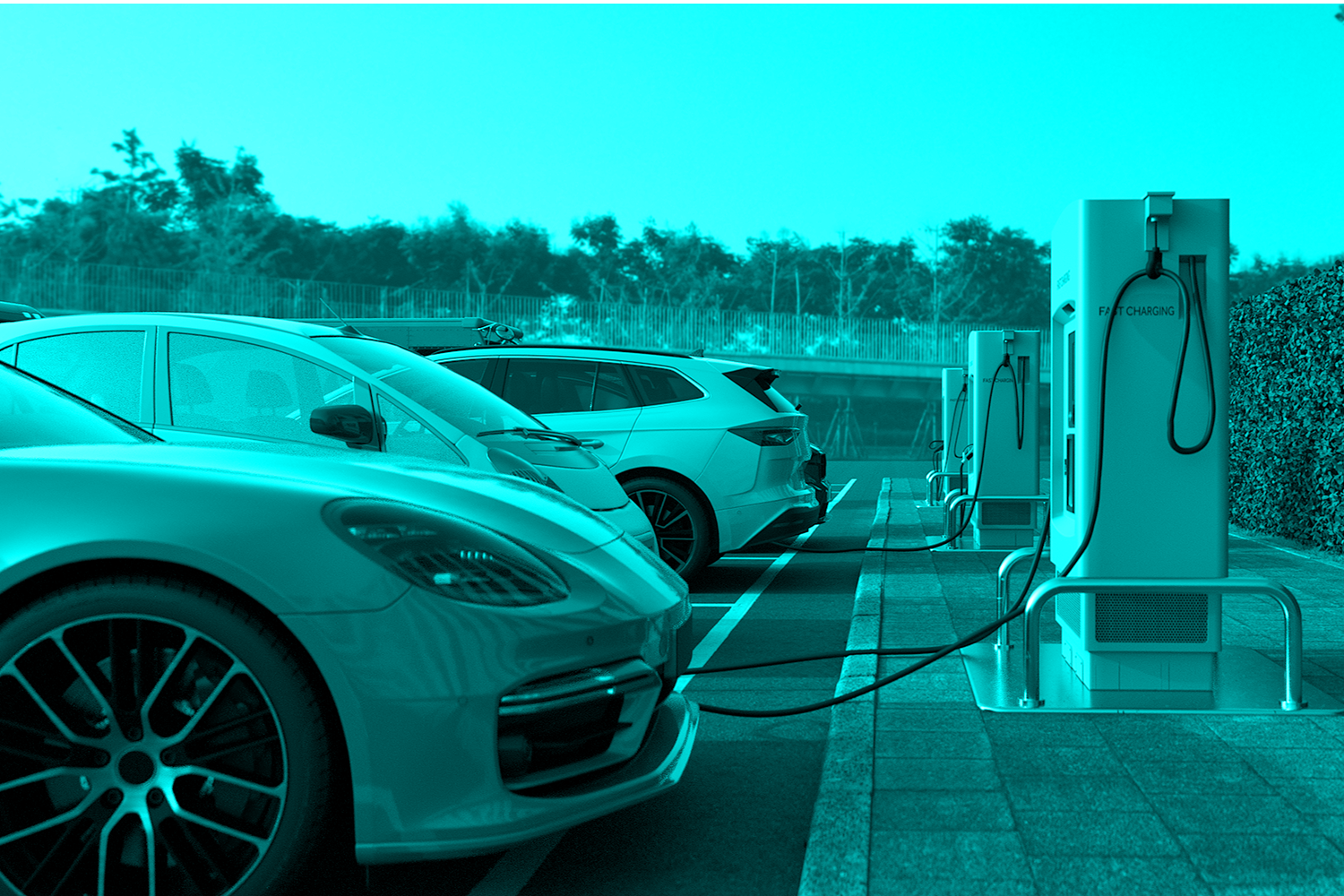America’s EV infrastructure charges ahead
Despite reduced federal incentives and projections that Trump-era policies could cut EV sales in half, America’s charging infrastructure is still zooming right along. Roughly 780 public high-speed charging stations (those are the ones that can top off a battery in 20 to 60 minutes) were added from July to September alone, and over the first nine months of the year, EV infrastructure overall grew by 19%. Many restaurants and retail chains are eager to install chargers as a way to attract customers. In just three months, companies including Cracker Barrel, Target, Wawa, IKEA, and Dunkin’ added new power-up points, Bloomberg reports. Ones at truck stops and travel centers are also coming online: For example, Pilot Travel Centers added 27 chargers, several of them in so-called “electron deserts” where EV refueling options are scarce, like in Wyoming and the Dakotas.
What you can do: Remember how far EVs and EV infrastructure have come, and that even taking a long road trip in one is way more doable than it was even a year ago. Read up on our 10 commandments of EV road tripping to learn best practices.
Hotels bet on plant-based menus to cut emissions
The heat-lamp-warmed sausage links and questionable eggs at hotel buffets may soon have some more sustainable comrades. The World Sustainable Hospitality Alliance (WSHA), the largest global hotel association representing 35 hotel chains —including major players like Four Seasons, Hilton, Hyatt, and Marriott—has formed a partnership with the nonprofit Vegan Hospitality to offer menus that are at least 30% plant-based. That’s pretty great news, considering that If the global hotel industry were a country, it would be among the world’s top 25% of the biggest polluters. As GreenQueen reports, Vegan Hospitality will provide toolkits, training, and support to sustainability directors and chefs across WSHA’s network to help them cut their reliance meat and dairy—which the org says stands to take a bigger bite out of emissions than tweaks to how hotels handle transportation and waste. The goal of the partnership is to reduce food-sector emissions by 30% by the end of the decade.
What you can do: Choose hotels that prioritize sustainability—especially those expanding plant-based dining—and ask others to do the same. Guest demand is a big driver of change. We like ones that have the Green Key seal, which is a certification that has no ties to the hotel industry.
What happens if we blow past 1.5 degrees?
This is going to be tough to hear, but it’s important: The world is increasingly likely to blow past 1.5 degrees C of warming, the threshold at which the worst impacts of human-caused climate change start to kick in. What happens after we breach that boundary—what scientists call “overshoot”—and what to do about it is drawing more attention leading up to the U.N.’s COP30 climate conference in Brazil next month. In fact, some 200 researchers convened in Austria last week to sketch out the commitments and technologies that will be necessary to get us back under 1.5 degrees. “We may fail to pursue [1.5C] from below, but it doesn’t relieve us from the obligation to then pursue it from above,” Carl-Friedrich Schleussner, a climate modeler, told CarbonBrief. The conversation, many attendees noted, is not about going “carbon-neutral” but instead “carbon-negative,” which means placing big bets on speculative technologies like carbon removal.
What you can do: We get that this is pretty hard to wrap your head around and it can all feel super theoretical and scary, but it’s also important to take a realistic view of what happens next. We recommend bookmarking “Overshoot,” a four-part podcast series about how the world will navigate the new climate reality, without allowing doom to derail progress. It’s both informative and empowering.
A way to keep data centers from draining the grid
Anyone concerned about the climate or the gut-punching trajectory of utility costs certainly has their eyes on data centers. The behemoth compounds—essential for handling the ballooning data demands of AI—hog energy and water and also threaten attempts at decarbonizing our power supply. But, a growing chorus is saying that’s not necessarily fait accompli. At least 37 companies, including tech giants like Google and major utilities like Duke Energy, are signed onto a collaborative called DCFlex that’s aimed at finding common ground, reports Canary Media. The key to making that happen? Flexibility. A new case study by analysis firms GridLab and Telos Energy shows what that could look like: It found that utilities can manage the additional burden of data centers if—and this is a big if—the people building them agree to let their draw fluctuate from time to time and to invest in onsite resources, such as solar panels and batteries, to tap in times of high demand.
What you can do: Much of this is going to play out on the local level, and flexibility is something that has to be baked into data-center buildouts from the beginning, so keep an eye on proposals in your area to see how both the utility and the data-center are proposing to manage the additional energy drain.

